The Yellow River is known as China's"Mother River", the cradle of Chinese civilization, and is also the birthplace of Qilu culture, which is an integral part of traditional Chinese culture.
Shandong is rich in intangible cultural heritages, folk customs and a colorful history. Check out the list below!
1. Peony flowers in Heze
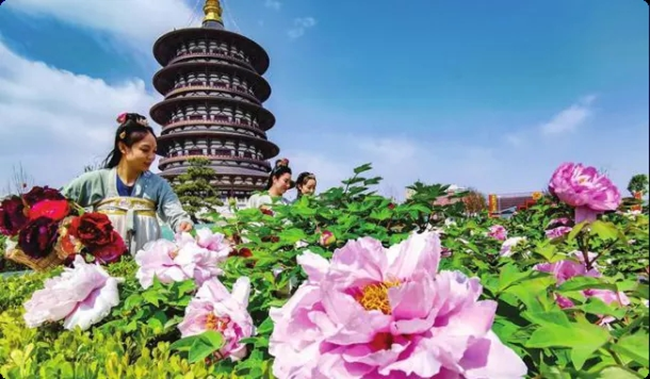
Girls wearing traditional Chinese hanfu stroll through the Caozhou Flower Garden. [Photo/WeChat account: sdswltwx]
Heze's former name was Caozhou in ancient times, China's biggest producer of the peony flower, and"the hometown of Chinese opera, Chinese martial arts, calligraphy and painting". The legend of the peony flower can be traced back to the Sui Dynasty (581-618), and a popular place in the city to appreciate the flower is the Caozhou Flower Garden, which is located in Heze's Mudan (Peony) district and home to 120,000 peonies of more than 800 varieties in6-hectare plus flower plantation.
2. Liangshan martial arts in Jining
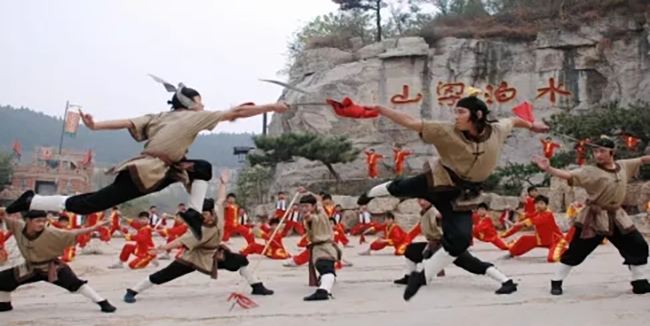
Performers practice traditional Chinese martial arts at the Shuihu Culture Tourism Zone in Jining's Liangshan county. [Photo/WeChat account: sdswltwx]
Liangshan county in Jining, Shandong province is home to the classic Chinese novel Shuihuzhuan (Outlaws of the Marsh), and is one of the birthplaces of Chinese martial arts. It made the list as a national intangible cultural heritage in 2015, becoming the 18th national intangible cultural heritage in Jining.
3. Worship ceremonies in Tai'an
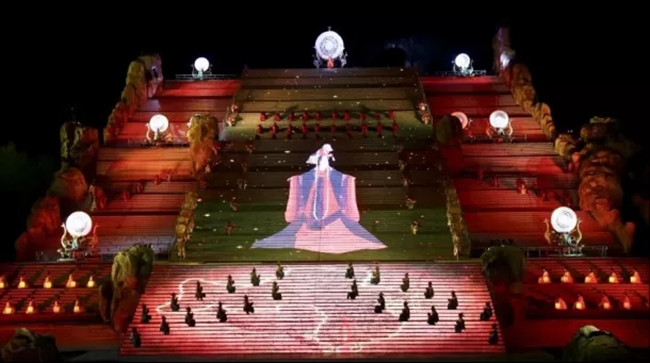
Performers perform the ancient Fengshan sacrifice ceremony at Mount Tai's Tianzhu Peak. [Photo/WeChat account: sdswltwx]
The Fengshan sacrifice ceremony is an activity that was performed by ancient Chinese emperors to offer sacrifices to the gods of heaven and earth. Mount Tai is crowned as the most famous of China's five great mountains, and it is a holy place for emperors to hold sacrificial ceremonies and offer sacrifice to the heavens. The activity was listed as a form of provincial intangible cultural heritage in2006.
4. Ejiao pastry making in Liaocheng
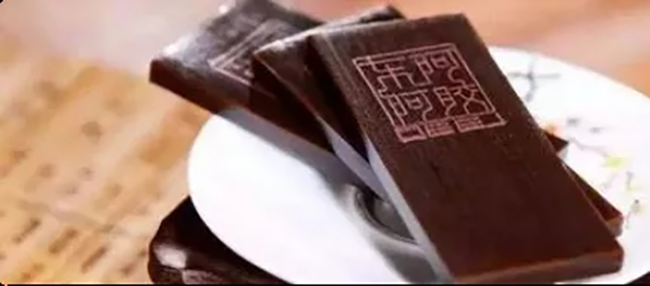
Dong'e Ejiao is a type of gelatin used in traditional Chinese medicine to improve blood circulation and boost energy levels. [Photo/WeChat account: sdswltwx]
The earliest records of Ejiao can be found in"Shennong Bencaojing," which is a classic text on herbal medicine that was written during the Eastern Han Dynasty (25-220). The skill of making the Ejiao pastry can be traced back to the pre-Qin period (c.2100-221 BC). Dong'e county in Liaocheng is the most prestigious place in China that preserves the art of making the Ejiao pastry, and was listed as an imperial tribute to the Han Dynasty (206 BC-AD 220).
5. Shanghe Guzi Yanko Dance in Jinan
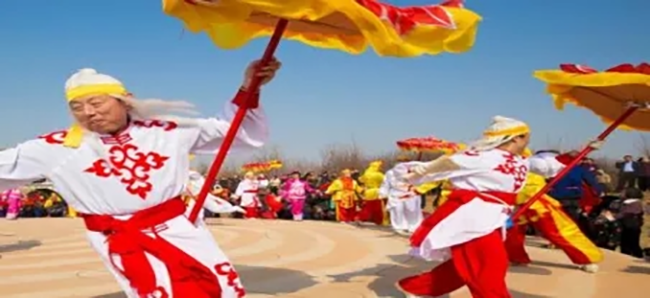
Dancers in traditional Chinese clothing perform the Guzi Yanko Dance. [Photo/WeChat account: sdswltwx]
The Guzi Yanko Dance originated during the Song Dynasty (960-1279) in Shanghe county and became popular in the Ming Dynasty (1368-1644). It prevailed as a popular dance for hundreds of years throughout the Qing Dynasty (1644-1911). The Guzi Yanko Dance is also known as Paoyangge, and is symbolic of the local sacrifices during the Spring Festival.
6. Folk papercutting in Binzhou
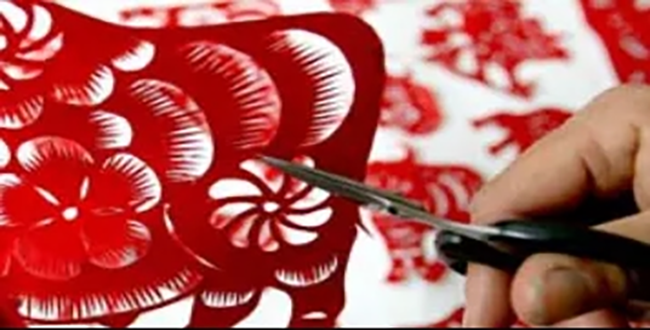
Binzhou folk papercutting becomes a national intangible cultural heritage in 2018. [Photo/WeChat account: sdswltwx]
Binzhou folk papercutting has a long history with a wide range of themes, rich content and diverse forms. It is a celebration of traditional Chinese culture and art. Over years of development, it has been developed into a distinctive art form in Qilu culture.
7. Cuju in Zibo
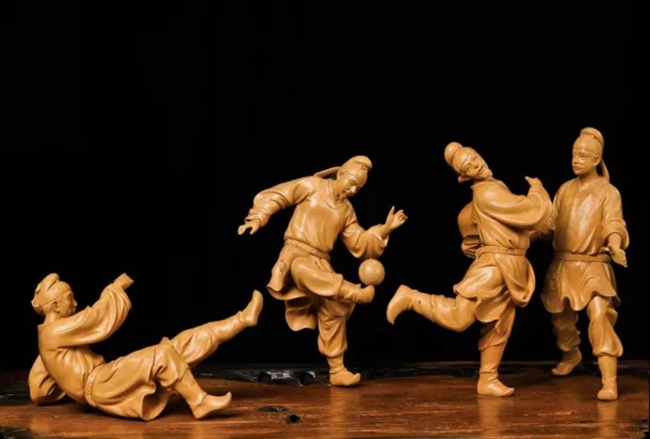
The ancient Chinese sport of"cuju" is considered a precursor to modern-day soccer. [Photo/WeChat account: sdswltwx]
The ancient Chinese game of cuju, which has been traced back to Linzi district in Zibo during the Spring and Autumn Period (770-476 BC), is considered to be the precursor to modern-day soccer, which was acknowledged by FIFA in 2004. The word"cu" means to kick, while"ju" refers to an ancient type of leather ball filled with feathers.
8. Lyu Opera in Dongying
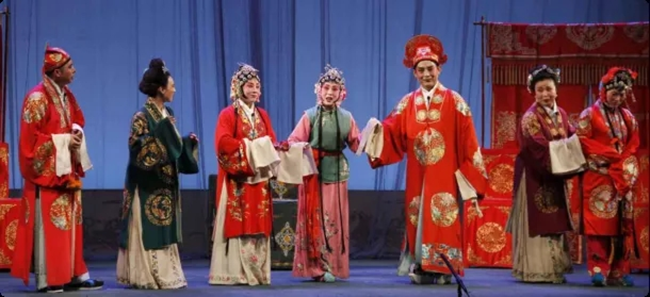
Lyu Opera is one of the eight major Chinese operas in China. [Photo/WeChat account: sdswltwx]
Dongying city is renowned as the hometown of Lyu Opera. Lyu Opera is a form of rural art, and the lyrics mainly come from traditional folk languages. As one of the eight major operas in China, Lyu Opera features diverse tunes, relatable lyrics and beautiful melodies that have a history of more than 100 years. It is also classified as a Chinese national intangible cultural heritage.





